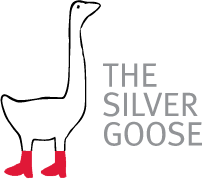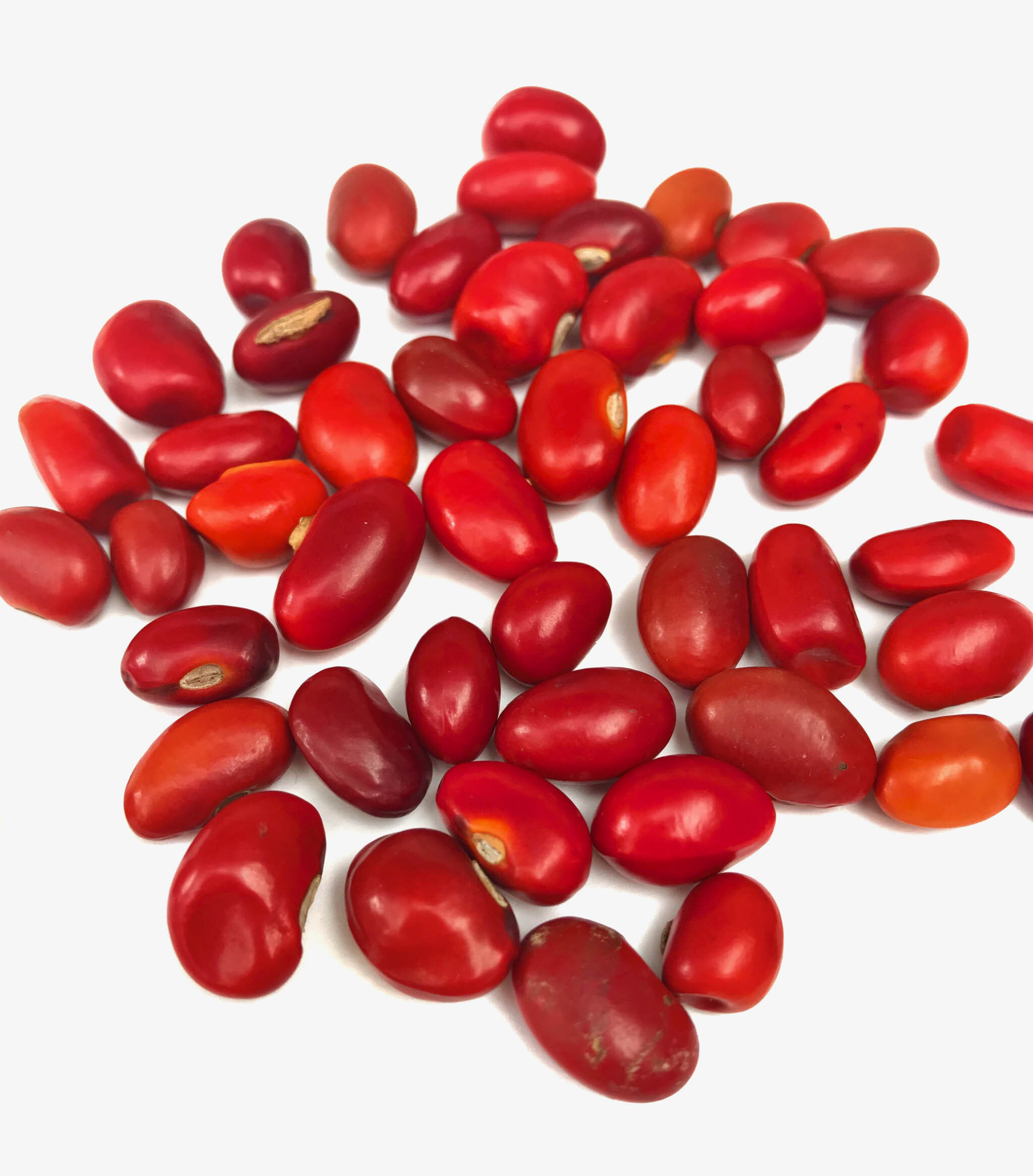I only recently found out about these amazing seeds that are native to the north and north east deserts of Australia.
A friend asked me to make her several pieces of jewellery incorporating my silver work with the seeds and other elements. We have chosen freshwater pearls and lapis lazuli to start playing with ideas to see how it all works.
We have come up with some ideas but in the meantime I’ve made up these little red Ininti seed earrings combining them with a solid Sterling silver bead and freshwater pearl. They are quite delicate with just a little bit of drop (35mm length) to dangle from your earlobe. There will be more to come.
These would make a lovely addition to your Christmas wardrobe - order your pair now in time for Christmas.
A bit more about the seeds…
Jewellery is an important part of Aboriginal culture. Aboriginal women pick up these beautifully coloured beads when foraging for food and use them to make jewellery. They use a stick heated in a fire to burn holes into the seeds. Traditionally they would string the beads onto long strands of string hand spun from human hair. These body ornaments were worn in harnesses over the shoulder, across the chest and under the arms. Strands of beads were also worn as a headband to hold feather headdresses in place.
The seeds come from the Bat-wing Coral tree, which gets its name from the unique shape of the leaves. Aborigines have used the timber for thousands of years for making Coolamons and Woomeras because it is easy to carve, light to carry and can be used to start fires with friction. The tree was also used medicinally, the bark apparently used as a sedative. The seeds come in a range of colours: shades of red, brown, orange and cream.
The seeds are toxic if swallowed so they need to be kept away from young children who may swallow them accidentally.



